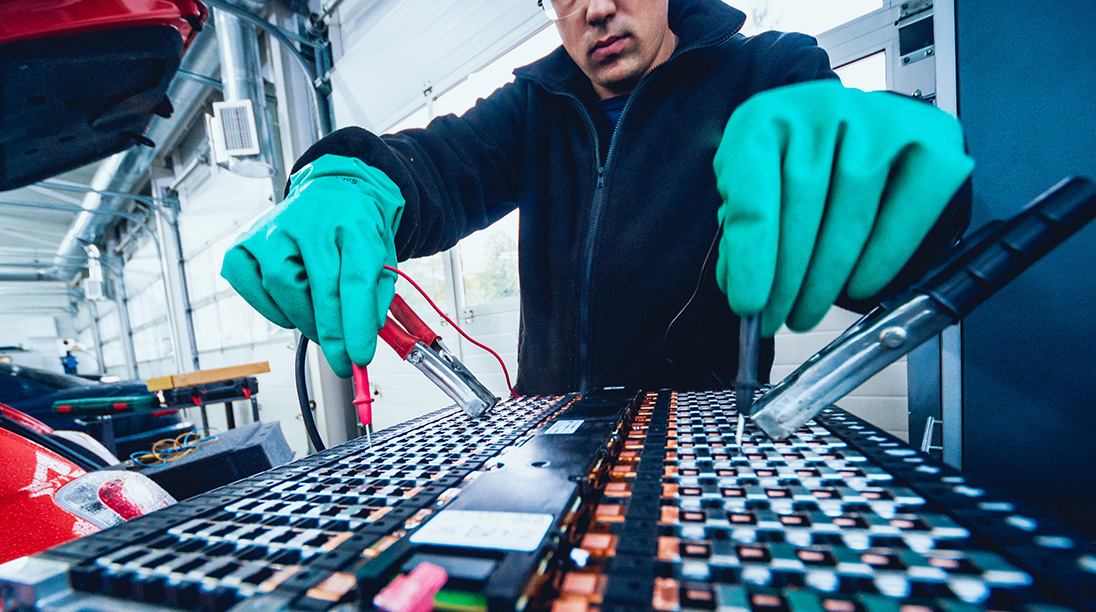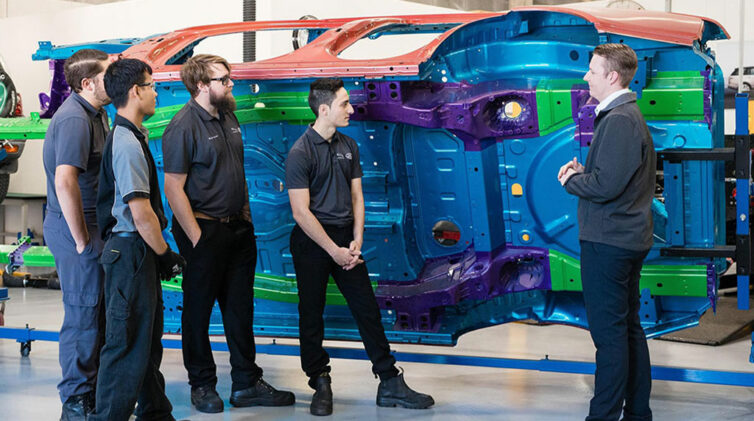The EV movement has also been shaken by the expansion of the rival hydrogen fuel-cell manufacturers and clouded even further this month as the Chinese government halved incentives for EVs.
China wants more EVs and is, literally, willing to pay for cleaner air. The Chinese government has subsidised EVs for the past decade. This month it cut most subsidies in half.
EVs with a 400km range had a 50,000 yuan ($A10,480) reduction in their new-car price. This was cut to 25,000 yuan ($A5240) this month. A popular BYD EV sedan in China costs about 350,000 yuan ($73,400) before the subsidies, licensing and permit charges.
In addition, no subsidies will be available for EVs having a battery range of less than 250km, where previously the threshold was 150km.
It means consumers will increasingly pay more for their EV purchases in a program that will gradually reduce the incentives until 2020 when they will disappear.
Additional incentives are also offered by some state or regional governments, particularly those who have car manufacturing in their zones.
Now the finance ministry wants those regions to also remove EV subsidies. One scenario showed that the removal of regional government subsidies on top of the federal discount would result in a price jump equivalent to about $A15,000 or about 20 per cent of the listed new-car price.
China is expected to make almost one million EVs in 2019, mostly battery EVs and with the remainder made up of plug-in hybrids and hydrogen fuel-cell EVs.
China’s biggest car-maker SAIC, with brand names including MG, LDV, Maxus and Roewe (and with joint ventures with General Motors and Volkswagen), will make almost eight million vehicles in 2019.
SAIC general manager Qiuhua Xu told GoAutoNews Premium in Shanghai that SAIC made almost 200,000 EVs in 2018 but expected EV sales of about 600,000 a year by 2020.
SAIC partner Volkswagen has stated more ambitious targets as it builds a new plant north of Shanghai with annual capacity of 300,000 EVs from 2020.
But it may be coming too fast, too soon.
“For EVs – across the globe – we need new policies,” Mr Xu said.
“We have bottlenecks on batteries that is slowing delivery.”
He said better planning was urgently needed between the different battery manufacturers to ensure an efficient flow of the products.
There is concern about sourcing materials to build EV batteries in the demand forecast.
While lithium is a relatively common metal and available in many global regions, cobalt is scarcer with most of the metal concentrated around central Africa, a region not known for its political and economic stability.
A report by market consultancies Roland Berger and FKA in August 2018 said there will be more than 20 million EVs around the world by 2030.
It said the global market for batteries will be worth almost $A30 billion within two years (2021), with China accounting for 30 per cent, followed by South Korea and Japan.
The International Energy Agency (IEA) has upped FKA’s report by stating it expects 125 million EVs on roads around the world by 2030 and even more if governments put in place more aggressive incentive programs for consumers.
Meanwhile, SAIC is pressing ahead with plans to release five fuel-cell EVs that use hydrogen as an onboard fuel to make electricity, erasing the need to plug in the car to the mains grid.
Noted automotive and EV specialist, former minister for science and technology and the man who introduced the EV concept to China, Wan Gang, was at the Shanghai motor show and was reported as saying that hydrogen-powered EVs are the future.
The accelerating move towards non-fossil-fuelled vehicles was spurred initially by the 2015 Paris Climate Change Agreement that identified transport as accounting for 23 per cent of all energy-related greenhouse gas emissions.
It said that left unchecked, this could rise to 50 per cent by 2050. The agreement said at least 20 per cent of all road transport vehicles should be EVs by 2030.
The IEA said that on that basis, EVs would need to account for 35 per cent of global vehicle sales by that year.
By Neil Dowling in Shanghai













 Read More: Related articles
Read More: Related articles

